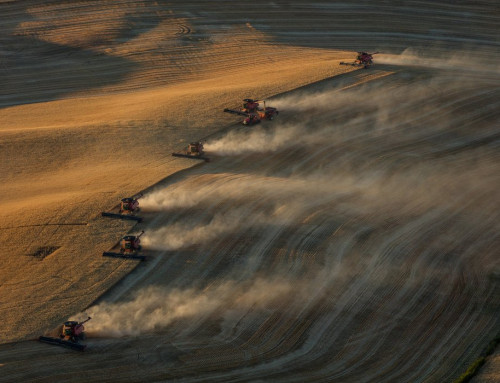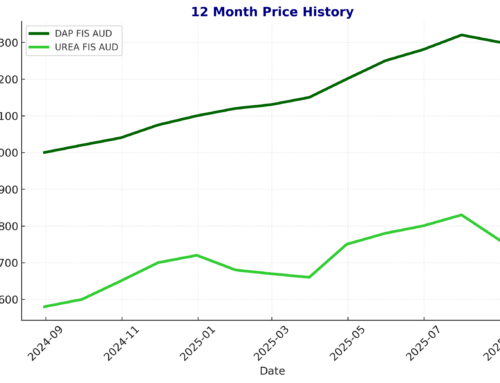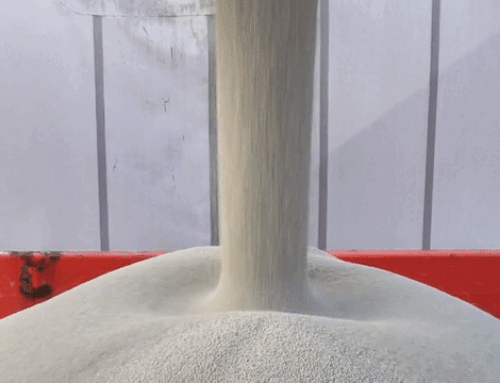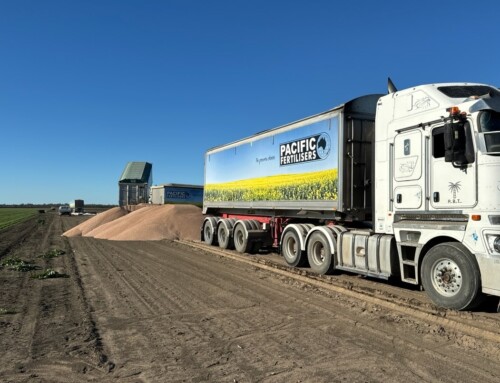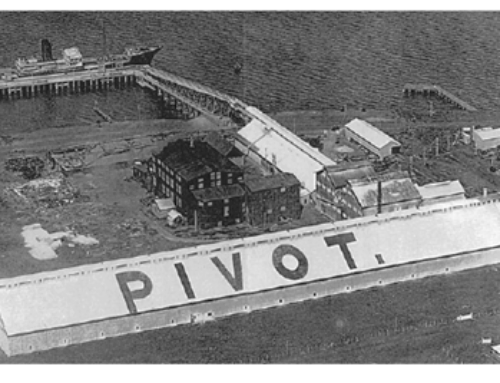Soil remineralisation with basaltic rock (Mt Sylvia)
The following paper was written by Boral researchers some 15 years ago and indicate Boral’s focus at that time. I would like to bring to your attention the average CEC values coming from their crusher dusts. They average no more than 10 meq/100g where Mt Sylvia palagonite averages 35 meq/100g .Given that the CEC is a measure of soil fertility This paper gives the reader an opportunity to compare Boral data with data from our own palagonite which is available to read in the Product section of this website.
Following an extensive worldwide literature search and discussions with experts in the field from Europe, USA and Australia, greenhouse trials have been carried out using basaltic rock dust to assess the impact on plant growth and health and soil improvements. Rock dust contains a large range of trace elements and improves thesoil pH, water retention, microbial activity, in general the plant growth and the soil structure. Basaltic rock dust with higher paramagnetic intensity is very beneficial for the improvement of soil quality and in turn plant growth and health. Field trials are being undertaken to verify the positive results from the greenhouse trials. Additional investigations recommended are microbial treatments, assessment of compost behaviour and issues related to blending, pelletising, minerals addition etc.
Further investigations of soil remineralisation
This second paper written by Boral researchers delves deeper into the potential of its basalt quarry fines. They focus on the paramagnetic value of individual basalt quarry sites. While MSD recognises that many farmers believe the paramagnetic response is important our company focuses more on the CEC value and the water holding capacity of its palagonite product
Greenhouse trials using different types and application rates of basaltic quarry fines showed a beneficial impact on soil quality, plant health and growth. Basaltic quarry fines with higher levels of paramagnetic intensity have significantly improved plant growth when compared to basaltic quarry fines with lower levels of paramagnetic intensity.
Due to the nature of basaltic quarry fines, the release of the trace elements and minerals is very slow as the quarry fines take time to break down. Experimental trials have been carried out on soil treated with quarry fines together with microbial treatments in order to “speed up” the release of minerals and trace elements. Blends of quarry fines and microbial treatments have resulted in an improvement of the plants quality due to the release of locked up minerals and trace elements. The treatment has improved the soil water holding capacity and in general, the plants health and performance.
Rejuvenating soils with Minplus
The attached report from the RIRDC is a very well constructed in depth analysis of a rock mineral dust called Minplus that was produced till recently in North Queensland. This paper goes further than that and provides the reader with a review of rock mineral dusts in general and the features of these dusts which are so important in re-mineralising depleted soils. I have placed this paper into our research section to educate the reader in this most interesting subject.
This project aimed to develop soil amendments from finely ground basaltic rock dust and to test their efficiency as ameliorants of the properties of acidic and highly weathered soils. The research products are intended to overcome the constraints to plant growth induced by low soil cation exchange capacities, strong soil acidity, and high phosphorus fixation capacities, all of which are commonly encountered in the soils of the humid tropics.
Palagonite a soil amendment – a scientific review
Palagonite is the first stable product of volcanic glass alteration. It is an heterogeneous material, usually with highly variable optical and structural properties, ranging from a clear, transparent, isotropic, smooth and commonly concentrically banded material, commonly called “gel-palagonite”, to a translucent, anisotropic, slightly to strongly birefringent material of fibrous lath like or granular structure. commonly called ” fibro-palagonite”. The colour of palagonite ranges from shades of yellow to shades of brown.


